Introduction to Sedum
An overview of sedum plants, their popularity as low-maintenance succulents, and what makes them an excellent choice for gardeners of all levels.
Meet sedum, the versatile heroes of the succulent world, boasting a royal tapestry of colors and an undeniable resilience that endears them to green thumbs and novice gardeners alike. Thriving in conditions that would send less hardy plants into a tailspin, sedums demand the spotlight for their easy-care nature and striking appearance. Whether blanketing a rock garden, cascading over a sunny wall, or perking up a neglected corner, these colorful troopers are unmatched in delivering a spectacle with minimal fuss.
One might wonder, how does such a fuss-free plant draw a crowd? The secret lies in their architectural forms and sumptuous hues, ranging from soft blue-greens to deep reds, often glowing as if kissed by the setting sun. Gardening enthusiasts will regale you with tales of sedums transforming drab landscapes into lush, vibrant edens that buzz with life and color throughout the seasons.
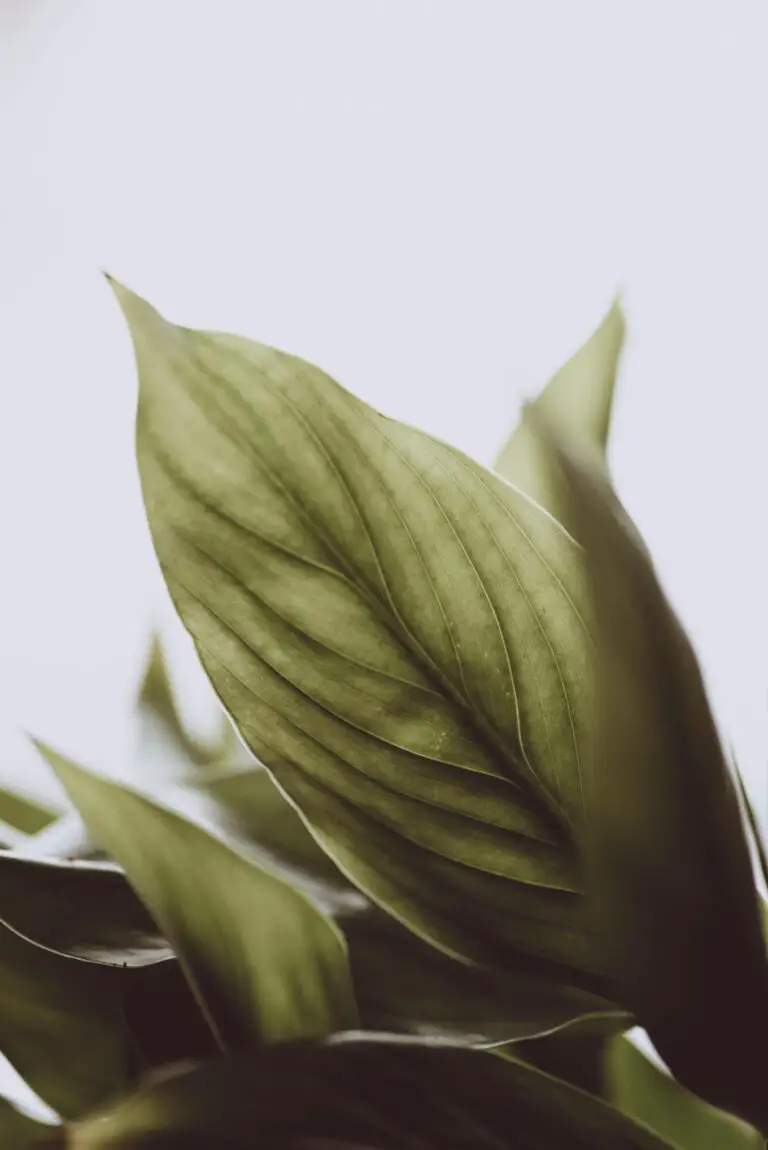
From the dappled shade of woodland borders to the full sun of open fields, sedums are not the kind to shy away from extremes. These hardy perennials can endure both drought and frost, making them indispensable for those challenging areas where other plants might hesitate to take root. For a glimpse into their captivating world and how to ensure they flourish, consider our guidance on cultivating your very own sedum sanctuary.
Whether you’re looking to embolden your outdoor canvas with texture or introduce a troupe of low-maintenance stars into your garden repertory, sedum plants should be high on your list. With an effortless charm and a kaleidoscope of uses, sedums embody the very essence of horticultural versatility, assuring their place in the annals of garden legends.
Understanding Sedum Varieties
Imagine stepping into a world where each little succulent is a unique masterpiece, a personal expression of nature’s versatility. That’s the realm of sedums, or stonecrops, as they’re affectionately known. In the kingdom of these fleshy-leaved champions, variety is not just the spice of life—it is life itself! So, let’s dive into this mosaic of textures, colors, and forms to discover how to cultivate your very own succulent sanctuary.
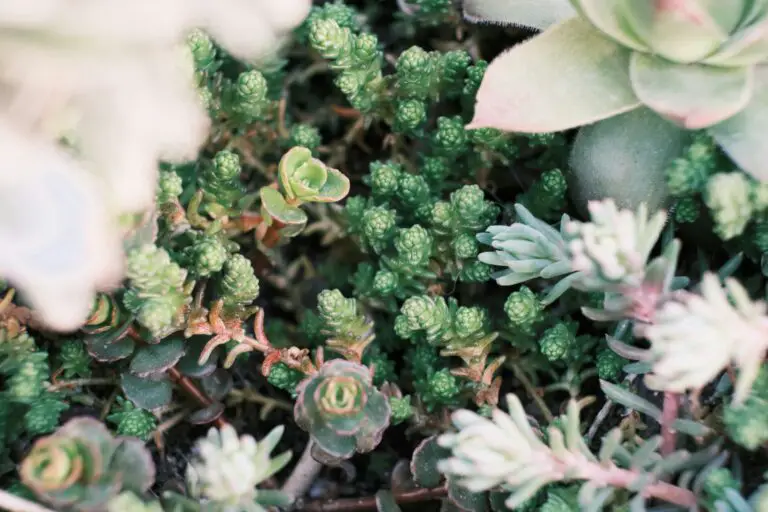
First and foremost, understand that sedums come in two main categories: the tall, upright growers and the low, creeping spreaders. The former, like Sedum spectabile, stand tall and proud with thick, robust stems, crowned by clusters of starry flowers that beckon to pollinators from high above. In contrast, their grounded counterparts, such as Sedum reflexum, carpet the earth in a living kaleidoscope of greens and blues that soften the edges of rocky outcrops and bring life to gravelly pathways.
Each species has its preferred spot under the sun—or partial shade, if we’re being precise. For instance, the sun worshipers like Sedum ‘Autumn Joy’ bask in full sunlight, thriving on neglect while their lush heads burst with autumnal hues. Yet, let’s not forget the shade-seekers like Sedum dasyphyllum ‘Minor,’ which relishes the cooler, dappled light, providing a tranquil blue-green presence to shadowy nooks.
A real-life example that captures the adaptability of sedums can be found along limestone walls and in crevices where soil seems scarce. Here reside the opportunistic sedums, their splashes of color a testament to their resilience. These garden troopers require minimal fuss, proving that even in the leanest conditions, beauty can not only survive but flourish.
Each sedum’s specific growing requirements are as diverse as the varieties themselves. While some crave the dryness and moderate fertility of rocky substrates, others will spread their roots into richer, more moisture-retentive soils. The secret lies in matching the right sedum to its ideal environment.
For those seeking advice on creating such sublime succulent scenes, here are some tips that delve deep into the essence of effective sedum cultivation. With a little knowledge and a spirit of experimentation, gardeners can play matchmaker, pairing each sedum variety with its perfect plot within their green havens.
At the end of the day, the tapestry of sedums is a dynamic one, ever-changing with the seasons and as diverse as the landscapes they grace. It’s a true gardener’s delight to witness the myriad of ways these succulents adapt and thrive. So why not embark on this horticultural adventure and discover where your favorite sedums grow best?
Selecting the Ideal Location
Hey there, green thumbs! Ever wonder about where to grow sedum to bring out the absolute best in these succulent beauties? The right spot can mean the difference between a sedum that’s simply surviving and one that’s vigorously thriving. Let us embark on a journey to pinpoint that perfect patch in your patchwork garden!
First and foremost, sedum adores soaking up the sun like a lizard on a rock – so think “sunny side of the yard.” That’s right, these hardy troopers need a good six hours of sunlight to strut their stuff. Picture a south-facing garden bed, where the golden rays can dance upon their fleshy leaves from dawn till dusk.
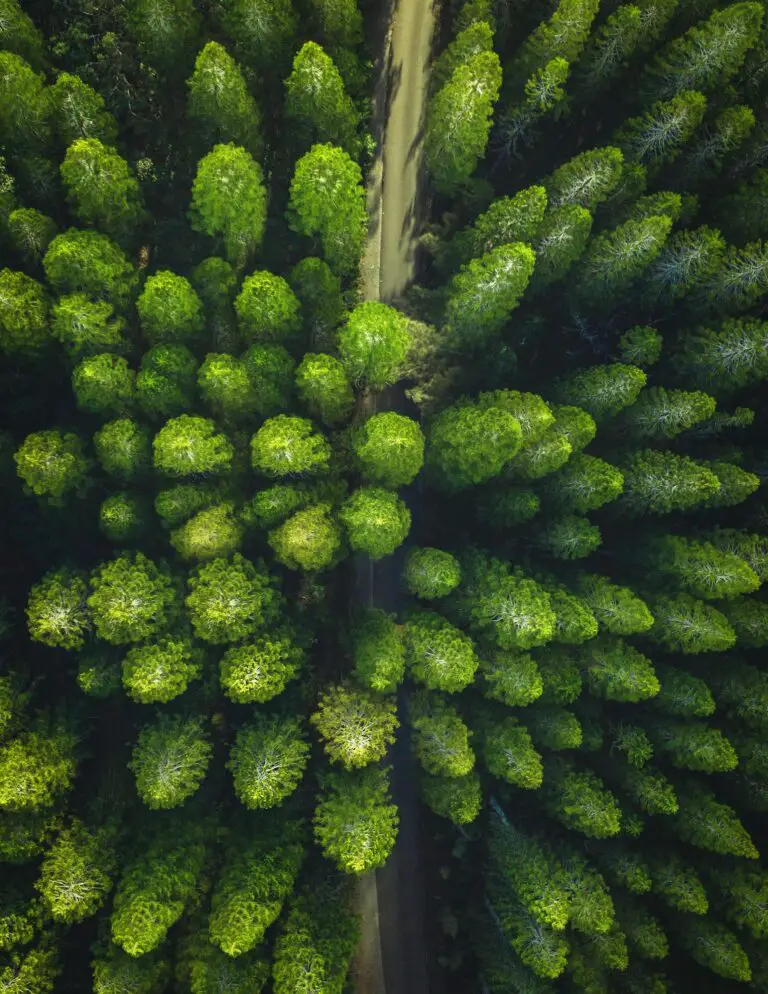
But it’s not just about the sunshine; climate zone is key! Sedum is versatile and can withstand some tough love from mother nature. However, to keep them from getting nippy toes, consider your local frost dates. If Jack Frost tends to overstay his welcome in your area, aim for a spot that offers a bit of shelter from cold winds. Check out this handy guide for more in-depth sedum planting intel.
When we talk space, we’re not shooting for the stars – just enough elbow room. Sedum isn’t a clingy companion, so setting them up with a space to grow is critical. Think of the social butterfly at the garden party; they need room to mingle! Plant these succulents in an area where they won’t be overshadowed by large plants. This ensures they get the spotlight and grow evenly.
Remember, whether it’s a rock garden, a border, or even a container on your urban balcony, sedum will rise to the occasion if you’ve dialed in on their sunlight, climate, and spacing needs. For more insights on nurturing your green companions, don’t hesitate to stroll through our garden of knowledge. Let your sedum set roots in an ideal locale, and you’ll be rewarded with a drought-tolerant, pest-resistant showstopper that’s as resilient as it is ravishing. Happy planting!
Soil Requirements for Thriving Sedum
Imagine rooting your sedum in the equivalent of a feather bed—where your plants enjoy a good night’s sleep every night. That’s exactly what well-draining soil does for these resilient succulents. The key to unlocking sedum’s full potential is to create an environment that emulates their native, rocky habitats. But how can you tell if your green thumb desires have hit the jackpot with your garden’s soil?

It’s like baking a cake. If you combine the right ingredients in the correct way, you’re going to be proud of your culinary creation. Soil for sedum needs to have leanings towards the sandy side—coarse and gritty—a perfect juxtaposition to those moist soils some other plants may crave. Think Mediterranean café rather than English tea garden.
Take Joe, an avid gardener, who unsuccessfully tried to cultivate sedums in his backyard. He observed that after every rainstorm, his sedums looked more like contestants in a wet t-shirt contest than thriving plants. Taking a cue from Mother Nature, Joe switched to soil that was less “clay party” and more “gravel gala,” and voilà! His sedums started to mingle like social butterflies at an open garden event.
Creating or improving soil conditions for sedum is as easy as tossing in some perlite, sand, or gravel to your existing earth. It’s like giving your plants the adventure of a lifetime on a gravelly slope, albeit all within the confines and comfort of your own garden. And remember, sedum doesn’t need the spa treatment; it’s a hardy botanist’s dream that can thrive with minimal help, provided you lay the right foundation.
Sunlight and Shade Considerations for Sedum
Cultivating sedum isn’t just about planting and hoping for the best; it’s an artful dance with sunlight and shade. Figuring out the right rhythm can be the difference between a succulent sanctuary and a gardening gaffe. Let’s unpack the sunlight shuffle for these hardy, yet sometimes finicky, succulents.
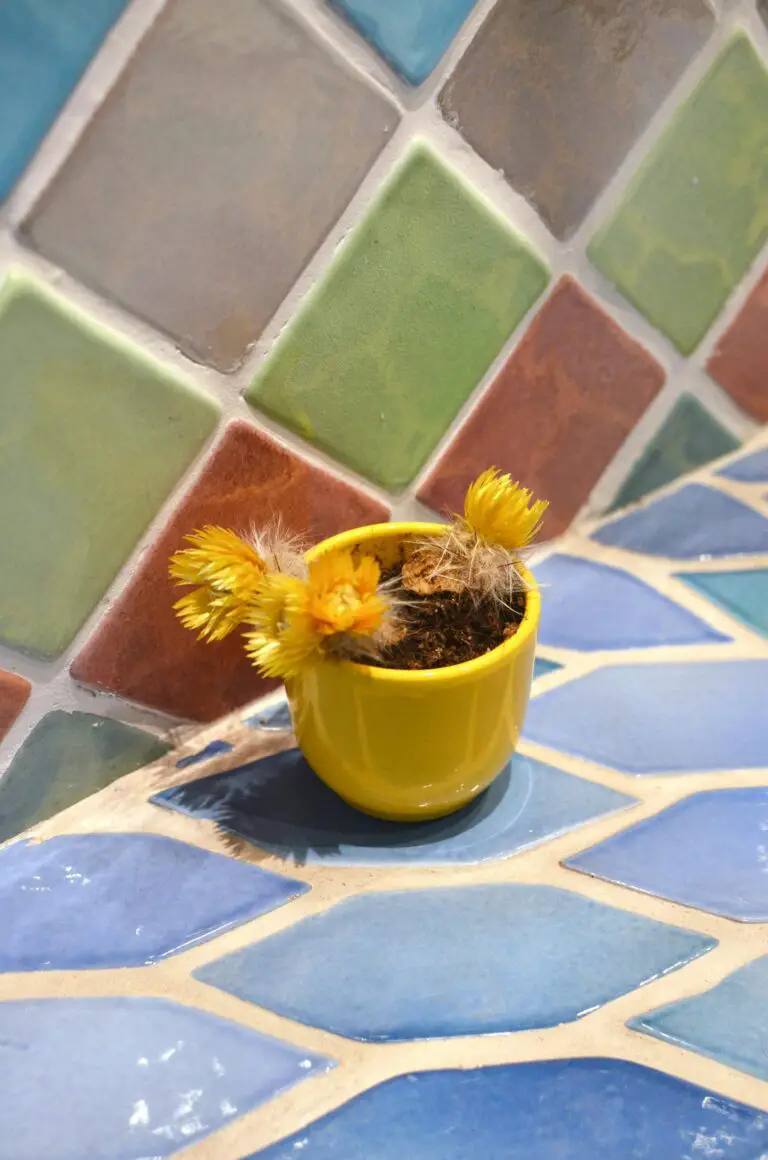
Picture this: you’ve got a stonecrop sedum that adores basking in the golden morning rays but will pout under the harsh afternoon sun. On the flip side, there’s the shade-seeking sedum that flourishes in that dappled light under a canopy of leaves, breathing life into a part of your garden you thought was reserved for moss and mystery.
Finding the Sweet Spot for Sun-Loving Sedums
Most sedum species love a good sunbath – it’s their version of a day at the beach. However, they’re not all about that relentless midday sun. Morning light, with its gentle touch, is typically when these succulents flaunt their best. Take the ever-popular ‘Autumn Joy’ sedum – it’s like the sun’s rays unlock a deeper hue in its rosy cheeks. Planting these in a spot that catches the morning light but finds solace in afternoon shade is the secret to seeing them thrive.
Embracing Shade for Sedum Success
Now, let’s talk about the shadow dancers, the sedums that sway more gracefully under a green canopy. These varieties, like Sedum ternatum, serenade the more shaded parts of your garden. They manage just fine with a glimmer of filtered light, proving you don’t need to throw shade at shade – it has its own charm. Planting these near a tree or on the north side of a fence can create a lush, verdant groundcover that breathes vitality into every nook and cranny.
But remember, “shade” doesn’t mean “darkness.” These plants still need that touch of light – imagine the soft glow of a setting sun rather than the gloom of a cloudy midnight. It’s all about finding that balance. Whether your garden is a sun-soaked stage or a leafy lullaby, there’s a sedum ready to steal the show.
Watering and Feeding Your Sedum
You might think that your sedum is just another pretty face in the garden, but these succulent beauties are rugged survivalists! First off, watering – pour out your notions of daily dousing. These plants are the camels of the flora world. Here’s a pro tip: sedum thrives on neglect rather like that high school boyfriend we don’t talk about. If you’ve ever forgotten to water your plants and felt guilty, with sedum, you’ll be dubbed a green thumb!
Let’s dive into the particulars. How much water does a sedum require? Imagine a rainfall in the desert—infrequent but impactful. You want to deeply water your sedum, but only when the soil feels dryer than a comedian’s wit. It’s about soaking that soil thoroughly, and then stepping back, way back. It’s like your plants are saying, “Thanks, I’ll call you.” And that call? It’s only coming once every few weeks in the peak of summer. During winter? You can pretty much retire the watering can.
As for food, you can skip the steak and potatoes. Sedums savor a lean diet. Picture them as the ascetics of the garden—meditating on minimalism. A light sprinkle of a balanced slow-release fertilizer in the spring, as if you’re seasoning a dish with just a hint of salt, is ample for these low-nutrient connoisseurs. Overfeed them, and they’ll get soft and floppy, like a well-meaning relative after Thanksgiving dinner.
Remember the story of that little old lady who lifted a car to save her grandchild? That’s your sedum on survival mode. Too much care is their kryptonite. Give them a fighting chance by dialing back the pampering, and they’ll reward you with growth stout enough to make any plant parent proud.

Let’s not forget the real-life scenario: picture a sedum sitting comfortably on a rocky, sunbaked slope, unbothered by the scorching sun while its leafy neighbors wilt in despair. This is the mighty sedum, after all, the superhero in your garden arsenal. It doesn’t ask for much—just a spot in the sun and to be left to its own devices. So, give it that sunny real estate, water it like it’s an afterthought, and watch it flourish like the underdog in every epic tale.
Seasonal Care for Sedum Plants
When the chill of winter approaches, our frosty friends the ‘sedums’ need a snug blanket – not the wool kind, though! As temperatures dip, it’s vital to strip away any dead foliage and detritus, tucking your succulents in with a layer of mulch to stave off frost damage. Think of it like bundling them up in a comfy coat, protecting those delicate roots from Jack Frost’s icy grip. And when spring tiptoes in, gently peel away their winter wear; the warming sun will beckon forth new growth, vibrant and eager.
Summer, with its blaring heat, demands its own dance. Sedums, sun-lovers indeed, bask in the glory of sunny days. But beware the perils of a scorching midday sun – a light shade might be in order to prevent sunburn. Yes, even plants can get too much of a good thing! Watering routines relax a tad during the height of summer, for sedums store water like camels in a desert. However, keep a watchful eye – if the leaves start to wrinkle, it’s a thirsty cry for a gentle drink.
Imagine you’re a sedum, basking in the lazy afternoon sun or weathering a frosty winter evening. The rhythmic change of seasons dictates your needs, from the protective mulch blanket in winter to the occasional sip of water in the swelter of summer. And remember, a happy sedum is one whose needs are met with the changing seasons – just like us!
As the leaves take on their autumn hues and the air grows crisp, our sedums still stand, a study in resilience. While other plants might faulter, these hardy succulents simply shift their needs. Their maintenance is a dance with the rhythm of nature, a balance of care that allows them to strut their stuff season after season. Whether you’re tending to an ‘Autumn Joy’ or a ‘Golden Glow’, keep these seasonal tips in mind and watch your sedums thrive.
Incorporating Sedum into Garden Design
Envision a serene rock garden, the gentle sound of a babbling brook in the background, dotted with the resilient beauty of sedum plants. Whether cascading over a rocky outcropping or neatly nestled between stones, sedum plants add a touch of hardy elegance to any garden landscape. But their versatility doesn’t stop at rock gardens. These succulents have found their way onto the urban skyline, adding life to green roofs across cities seeking sustainability and beauty.

Not only do sedum plants brighten up rocky terrains, but they also thrive in container arrangements, bringing nature closer to our everyday life. Imagine sipping your morning coffee beside a collection of vibrant sedums, their varied colors and shapes adding a calming, natural element to your balcony or patio. Green-thumbed enthusiasts are finding new and exciting ways to incorporate these succulents into their homes, transforming even the most confined spaces into flourishing green corners.
From Green Roofs to Living Walls
The concept of green roofs is revolutionizing the way we think about sustainable architecture, and sedum is at the forefront of this movement. Providing insulation, reducing run-off, and combating urban heat islands, these vibrant roofs turn underutilized spaces into eco-friendly havens. Sedum’s low maintenance and drought resistance make them the ideal choice for such challenging environments. As more buildings adopt these living canopies, the sedum’s role in urban ecology is becoming ever more significant.
In the same vein, living walls have taken root in the hearts of modern gardeners. With sedum, these vertical gardens aren’t just reserved for the outdoors; they can bring a breath of fresh air to indoor spaces as well. As biofilters and artistic expressions, these walls composed of sedum varieties clean the air and uplift the spirit. It’s an ingenious solution for urban dwellers yearning for a botanical touch in a concrete world.
Interactive Landscapes with Sedum
But perhaps the most delightful aspect of sedum is its ability to create interactive landscapes. With varieties suited for walkable ground covers, these plants invite us to tread lightly upon them, feeling the firm yet forgiving texture underfoot. Imagine children playing hide and seek around sedum-studded paths, their giggles mingling with the rustle of succulent leaves. Public and private spaces alike are adopting sedum as a durable, low-maintenance carpet that weaves together the fabric of community and nature.
So, when considering where to grow sedum, look beyond the conventional plots and pots. Let these adaptable succulents spill over edges, climb up walls, and soften urban views. They’re not just plants; they’re living design elements that transform spaces and enhance our connection with the natural world. Creative and resilient, sedums are proving to be champions of the modern garden landscape, from the ground up to the sky-high.
Propagation Techniques for Sedum
Got a Sedum plant that you’re absolutely crazy about and wish you could fill every corner with its succulent beauty? Well, you’re in luck! Let’s dive into the surprisingly simple world of sedum propagation. Whether you’re a green thumb or new to the succulent scene, you’ll find that multiplying your sedum collection is as easy as pie. We’ll explore three foolproof methods: cuttings, leaves, and division. No lab coat needed, just a love for these versatile plants!
Strike a Cutting
Imagine clipping a piece of your favorite sedum, popping it into some soil, and watching as it sprouts roots like it’s been doing it all its life. Sounds like a gardener’s dream, right? That’s exactly what we’re talking about with stem cuttings. Here’s the trick: snip off a healthy piece, let it air dry for a couple of days until the end calluses over, and then lightly nestle it into a mix of soil and sand. Keep it bright but out of direct harsh sunlight, and you’ll soon see signs of growth. A real-life example? Picture your sedum cutting as a mini you, setting out into the world to establish roots and make a place for itself. Inspiring, isn’t it?
Leaf It to Grow
But wait, there’s more! Sedum leaves are like mini regenerative powerhouses. Gently twist off a healthy leaf and lay it atop a well-draining substrate. With just a bit of patience, witness the miracle of a teeny-tiny new plant popping up at the base of the leaf. Need imagery to get the picture? Think of your leaf as a new parent, giving life to a bundle of joy right before your eyes. It’s not only magical; it’s a conversation starter at your next garden party.
Divide and Conquer
When your sedum starts to resemble a small shrubbery kingdom, that’s your cue for division. This technique is the equivalent of moving out of a crowded house. Gently separate a portion of your plant, ensuring there are ample roots attached, and replant it to start its own dynasty. Akin to a pioneer setting off to new lands, division gives your plants new turf to thrive and rule.
Now, for those visually inclined gardeners or for anyone craving a real-time example, let’s take a break from reading and watch “How to propagate Sedum ‘Stonecrop’ succulent plants.” This video will show you the ins and outs of sedum propagation, giving you a visual feast of growth and possibilities. Get ready; your gardening game is about to level up!
Remember, sedum propagation isn’t just a way to expand your garden—it’s about creating a legacy from a single plant. Each new sedum that grows is a testament to the resilience and adaptability of these charming succulents. So go ahead, wield your pruning shears with confidence, and make more of that sedum magic!
Common Pests and Problems
Succulents like sedum have rugged beauty, but don’t be fooled: they have their own set of pesky intruders. Imagine you’ve perfectly planted a beautiful patch of sedum, only to discover small bites and nibbles disrupting the fleshy leaves. This is the handiwork of common sedum pests. Fret not! We’ve got the lowdown on how to identify and show these critters the door.
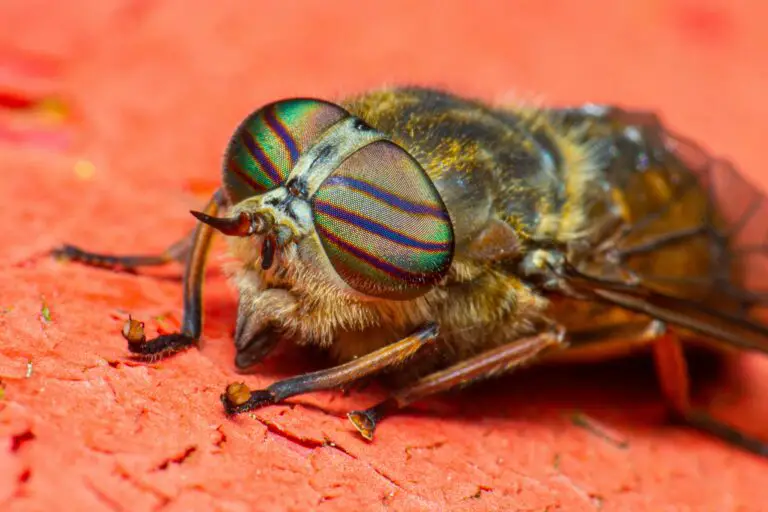
Chewing Pests: A Gardener’s Lament
Caterpillars and snails might seem harmless, but they can turn sedum leaves into Swiss cheese overnight. Take our friend Jenna, for example. She woke up one morning to find her sedum ‘Autumn Joy’ looking like it had hosted a garden party for munching pests. With a bit of detective work and safe organic baits, Jenna reclaimed her sedum’s joy.
Sap Suckers: The Undercover Culprits
Aphids and mealybugs are notorious for their stealthy damage. They drain the life right out of your sedums, leaving the plants weak and withered. Local gardener, Mr. Green, almost lost his famous ‘Dragon’s Blood’ sedum to these diminutive vampires. His secret weapon? A blast of water to knock aphids off and a dab of rubbing alcohol to send mealybugs packing.
Underground Party Crashers
And let’s not forget about the root-eating villains like grub worms. These critters enjoy secretive feasts on your sedum’s roots, causing the plants to suddenly collapse without a visible enemy. It was a real head-scratcher for the community’s plant club until they started regular soil inspections and nematode applications. Victory against invisible adversaries is sweet—in fact, it’s almost as sweet as the sedum they saved!
Environmental Stress: A Silent Foe
Not all sedum troubles are bug-related. Sometimes, environmental conditions conspire against them. Overcrowding can make your sedum more susceptible to fungal diseases, and it was only after spacing her plants that Ms. Flora noticed the mildew receding. Too much love in the form of water can also lead to root rot, which is why our neighborhood gardening hero, Joe, switched to a ‘less is more’ watering approach.
Where to Grow Sedum: Frequently Asked Questions
Gazing at your garden can evoke a sense of pride, especially when your sedum plants blanket the landscape with their vibrant, hardy foliage. But, as with all things green and growing, questions arise. Let’s dive into some common curiosities to help your sedum thrive.
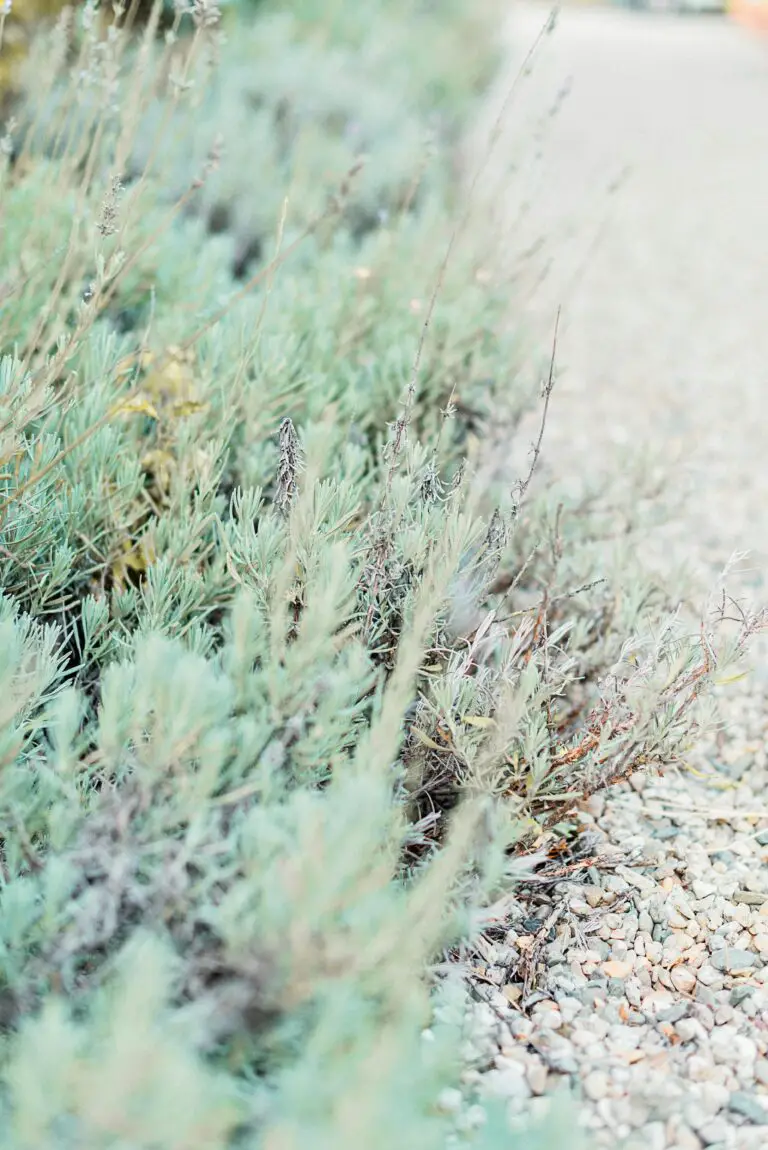
Can Sedum Survive in Shady Areas?
While sedum is a sun worshipper, certain varieties, like Sedum ternatum, relish the cooler embrace of shade. Picture it beneath a canopy of trees, soaking in dappled sunlight, while adding a lush undergrowth to your tranquil garden nooks.
Are Sedums Good for Indoor Planting?
Absolutely! Imagine compact sedum varieties, such as Sedum sieboldii, gracing your sunny windowsills. Their low water needs make them perfect for indoor gardens, where they beckon a touch of the wild outdoors to your personal living spaces.
What Climates Suit Sedum Best?
From steamy tropics to frosty highlands, sedum is the chameleon of the plant world. Imagine a Mediterranean balcony, its containers overflowing with Sedum reflexum, or high-altitude retreats with Sedum spectabile standing tall against the snow.
How Does Sedum Fare in Poor Soil?
Think of sedum as the pioneer, valiantly claiming areas where other plants may falter. Envision rocky outcrops or sandy banks transformed by the tenacious Sedum acre, creating verdant beauty in places you’d least expect.
Can I Grow Sedum in Water-Logged Areas?
While sedum prefers to keep its feet dry, some adventurers like Sedum telephium are known to wade into damper realms. Think rain gardens or slightly moist beds where these succulents surprise and flourish.
Are There Sedum Varieties That Can Handle Foot Traffic?
Yes, take Sedum album, for instance—robust and resilient. Picture paths lined with these living stepping stones, offering not just utility but a sensory joy with every step you take in your garden sanctuary.
Whether you’re planting in sun-drenched terraces or seeking to invigorate a gloomy corner, sedum’s flexibility ensures there’s always a sedum match for your horticultural aspirations. Keep exploring, keep planting, and keep questioning—because with sedum, your garden’s narrative is ever-evolving.


